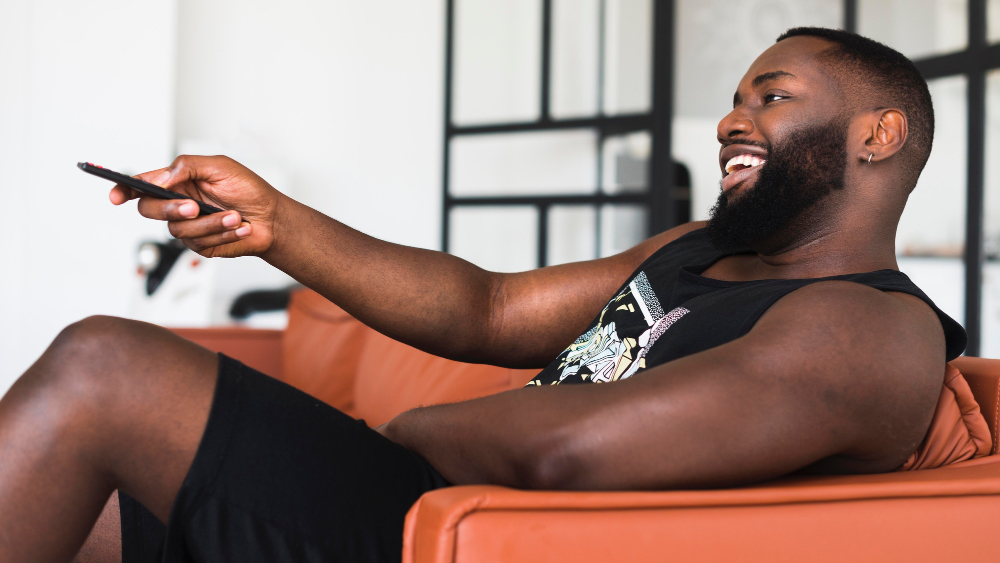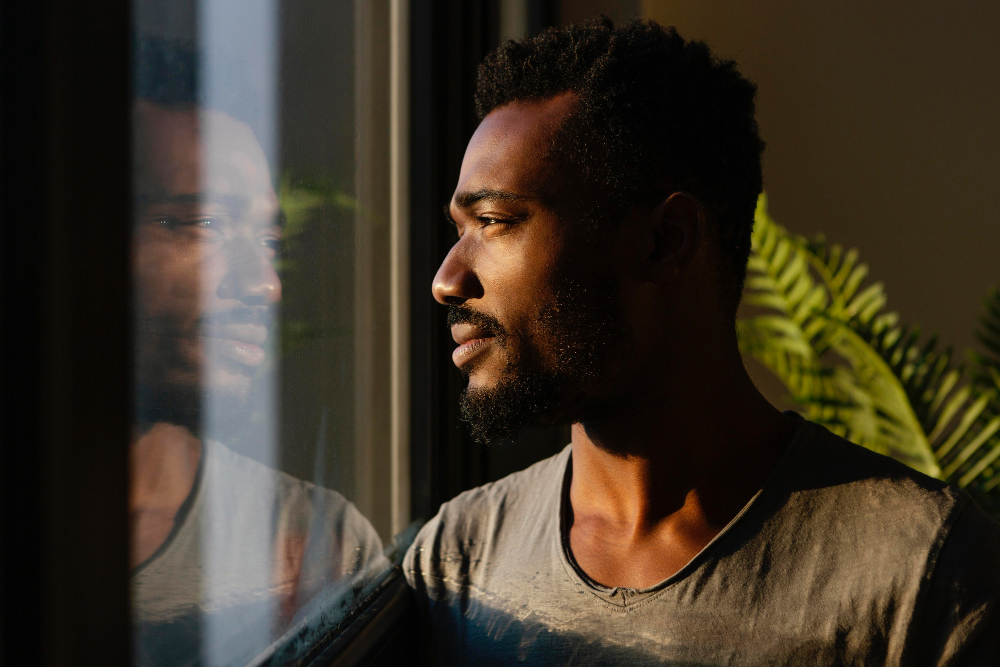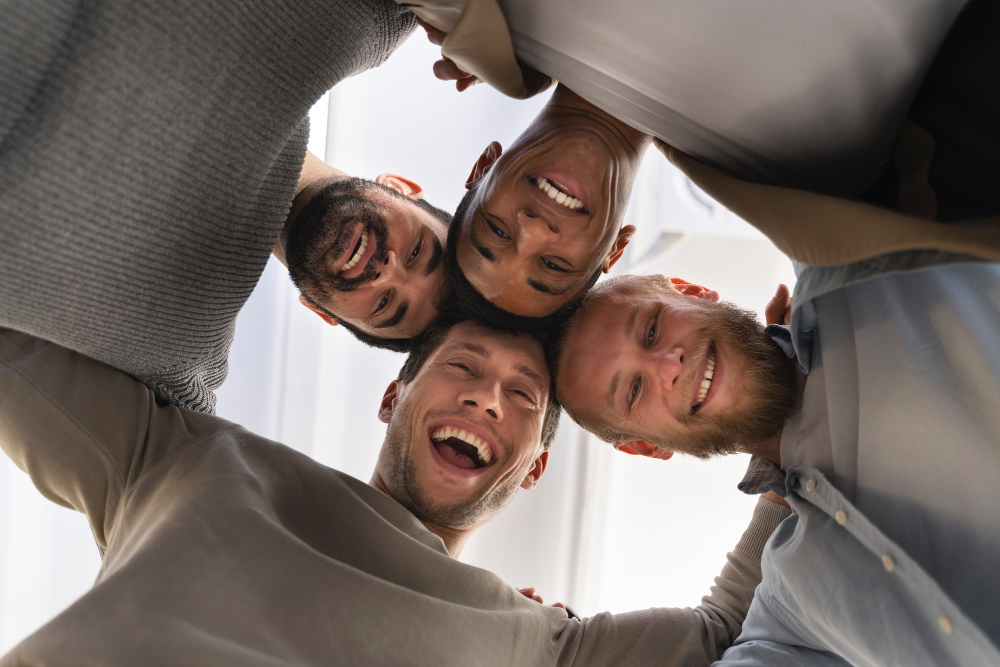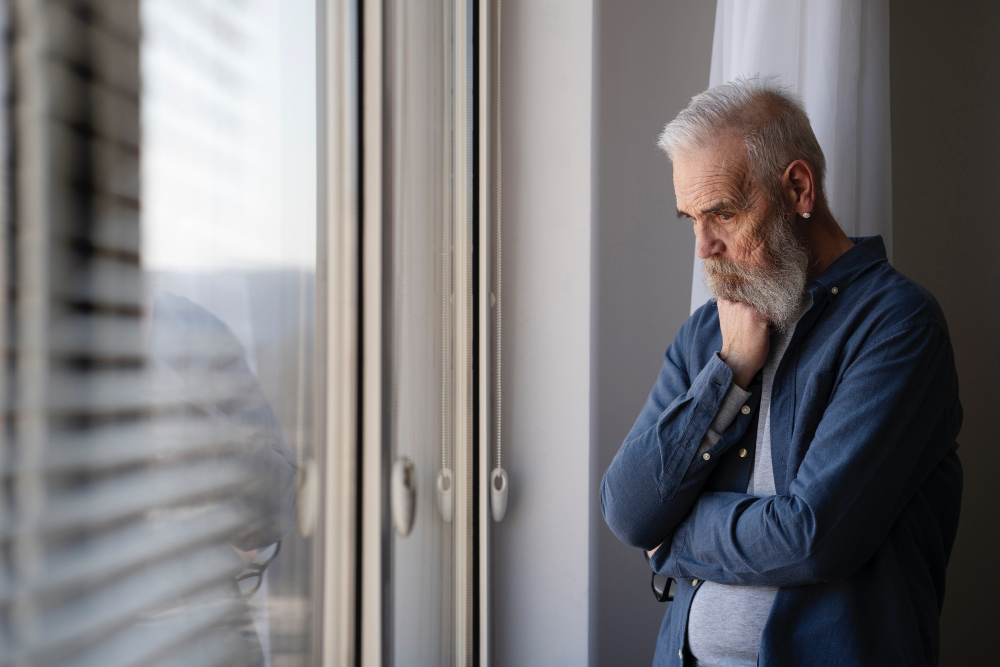The Role of Media Representation in Overcoming Internalized Homophobia
This blog explores how authentic, affirming media representation can help gay men heal from internalized homophobia by replacing shame and invisibility with visibility, validation, and self-acceptance. It highlights the power of seeing ourselves reflected truthfully in stories that celebrate our humanity and belonging.

Growing up gay, I know what it’s like to see yourself through a distorted lens — one shaped by years of subtle and not-so-subtle messages about who you’re supposed to be. Movies, TV, and media have long told stories about us that were either incomplete or rooted in shame. And for many of us, those stories took hold somewhere deep inside. That’s where internalized homophobia lives — in the quiet places where we’ve absorbed society’s rejection and turned it against ourselves. But over the years, I’ve also seen how powerful it can be when we start seeing different stories — stories that affirm, reflect, and celebrate who we are.
Representation isn’t just about being visible. It’s about being seen in a way that feels true. When gay men are portrayed as complex, loving, funny, and fully human, it challenges the old narratives we grew up with. It tells us that we can exist in joy and in love, not just in struggle or tragedy. I think of shows like Heartstopper, Pose, and Schitt’s Creek, which have given us something that many of us didn’t have growing up — a vision of gay life that is whole, warm, and real. These images matter. They help to gently rewrite the stories we tell ourselves about what’s possible.
When you see someone on screen who reflects your own experience — the way you love, the way you speak, the hopes or fears you’ve carried — something shifts inside. You recognize yourself in a way that feels freeing. That recognition can be a quiet form of healing: “If he can be loved, maybe I can too.” I’ve seen that happen in therapy rooms again and again — a client watches a show or hears a story that touches something tender, and suddenly there’s more space for self-compassion.
Internalized homophobia feeds on invisibility. When our experiences are ignored or misrepresented, shame fills the silence. But storytelling — when it’s honest and affirming — breaks that silence. It reminds us that there’s nothing wrong with us, that we were never broken to begin with. Representation can become a mirror that reflects not who others think we should be, but who we truly are.
At the same time, true inclusion means making sure all kinds of gay stories are told — across different races, bodies, ages, and backgrounds. There isn’t just one way to be gay, and the more varied those portrayals become, the more room there is for every man to find a version of himself reflected somewhere.
Media alone can’t undo years of internalized homophobia, but it can open a door. It can give us language, imagery, and belonging. When we choose to watch, read, and support queer stories that honor who we are, we take back a little piece of power that the old narratives took away. And maybe, over time, we start to see ourselves not through the eyes of shame, but through the eyes of truth — as whole, worthy, and radiant parts of the human story.



